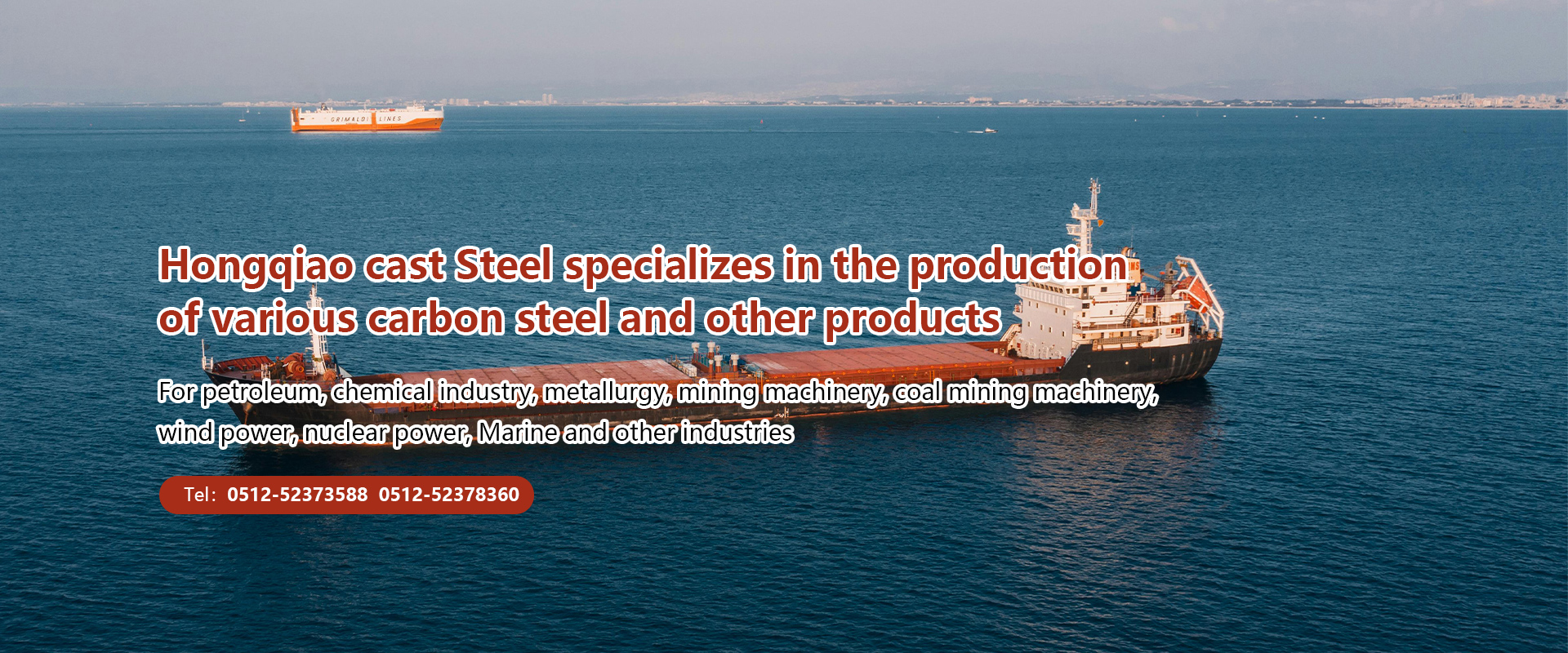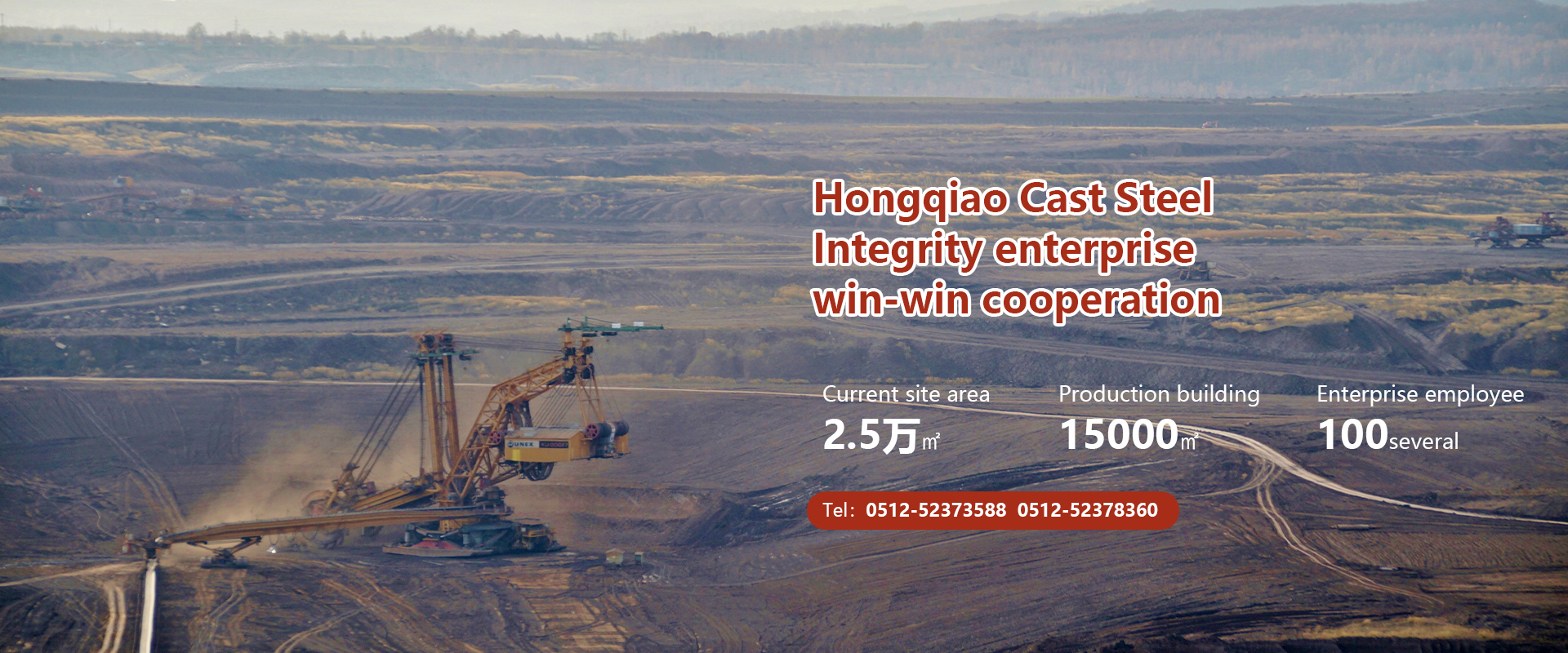Heat-resistant steel is often used in the manufacture of boiler, steam turbine, power machinery, industrial furnace and aviation, petrochemical and other industrial sectors to work at high temperatures parts. In addition to high temperature strength and resistance to high temperature oxidation corrosion, these parts also require sufficient toughness, good machinability and weldability, and certain organizational stability according to different uses.
China has been producing heat-resistant steel since 1952. Later, some new types of low-alloy heat-strength steel were developed, so that the working temperature of pearlite heat-strength steel was raised to 600 ~ 620℃; In addition, some new low chromium nickel oxidation resistant steels have been developed.
Heat-resistant steel and stainless acid-resistant steel cross each other in the scope of use, some stainless steel with heat-resistant steel characteristics, can be used as stainless acid-resistant steel, but also as heat-resistant steel.
Chromium, aluminum, silicon, these ferritic elements can promote the formation of a dense oxide film on the metal surface at high temperatures to prevent continued oxidation, which is the main element to improve the oxidation resistance of steel and resistance to high temperature gas corrosion. However, the high content of aluminum and silicon will seriously deteriorate the room temperature plasticity and thermoplasticity. Cr can significantly increase the recrystallization temperature of low alloy steel, and the strengthening effect is best when the content is 2%.
Nickel and manganese can form and stabilize austenite. Nickel can improve the high temperature strength and carburizing resistance of austenitic steel. Although manganese can replace nickel to form austenite, it damages the oxidation resistance of heat-resistant steel.
Vanadium, titanium, niobium are strong carbide forming elements, can form small dispersed carbide, improve the high temperature strength of steel. The combination of titanium, niobium and carbon can also prevent intergranular corrosion of austenitic steel at high temperatures or after welding.
Carbon and nitrogen can expand and stabilize austenite, thereby improving the high temperature strength of heat-resistant steel. More chromium and manganese in steel can significantly improve the solubility of nitrogen, and nitrogen alloying can be used to replace the more expensive nickel.
Boron and rare earth are trace elements in heat-resistant steel. When boron is dissolved into solid solution, the crystal lattice is distorted, and the boron on the grain boundary can prevent the element diffusion and grain boundary migration, so as to improve the high temperature strength of steel. Rare earth elements can significantly improve the oxidation resistance and thermoplasticity of steel.
Smelting heat-resistant steel is generally smelted in electric arc furnaces or induction furnaces. Vacuum refining and off-furnace refining processes are often used for high quality requirements.
Casting some high-alloy heat-resistant steel is difficult to process deformation, and the production of castings is not only cost-effective than rolling, but also has higher durable strength. Therefore, heat-resistant cast steel occupies a considerable proportion in heat-resistant steel.
In addition to sand casting, precision casting can also be used to obtain products with smooth surfaces and precise dimensions. Centrifugal casting is often used for high temperature furnace tubes used for cracking synthetic ammonia and ethylene.
Heat-treated pearlite heat-strength steel is usually used after normalizing or tempering; Martensitic heat-resistant steel is treated with tempering to stabilize the structure and obtain good comprehensive mechanical properties and high temperature strength.
Ferritic steel cannot be strengthened by heat treatment. In order to eliminate the internal stress caused by cold plastic deformation processing and welding, it can be annealed at 650 ~ 830 ° C, and quickly cooled after annealing so that it can quickly pass through the brittle temperature range of 475 ° C.
Austenitic oxidation resistant steels are mostly heat-treated with high temperature solution to obtain good cold deformation. The austenitic hot strength steel is first treated with high temperature solution, and then aged at 60 ~ 100℃ above the use temperature to stabilize the structure, while the second phase is precipitated to strengthen the matrix.
Heat-resistant cast steel is mostly used in the cast state, and the corresponding heat treatment is also used according to the type of heat-resistant steel.
Changshu Hongqiao Cast Steel Co., Ltd. mainly produces various specifications of carbon steel, high, middle and low alloy steel, stainless steel, heat-resistant steel, high manganese steel, high chromium cast iron. For petroleum, chemical industry, metallurgy, mining machinery, coal mining machinery, wind power, nuclear power, Marine and other industries to provide high-quality steel casting, and export abroad. Changshu Hongqiao cast steel Co., LTD. Custom cast steel Marine cast steel ABS Marine engineering service Cast steel for BOP cast steel production





